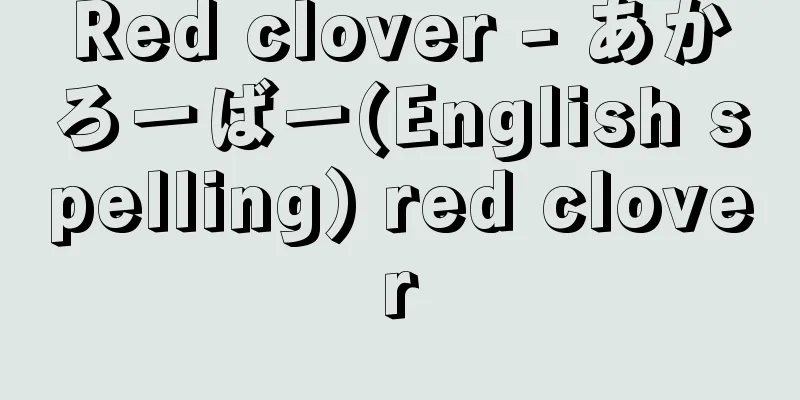Katagiri Sekishu

|
A feudal lord in the early modern period. A tea master. Born in Ibaraki, Settsu (Osaka Prefecture) as the son of Katagiri Katsumoto's younger brother Sadataka. His name was Chozaburo Sadatoshi, later Sadamasa. He studied Zen under the monk Gyokushu of Daitokuji Temple and was given the title of Sanshu Sokan. The name Sekishu comes from his appointment as Iwami no Kami in December 1624 (Kan'ei 1). After his father's death in 1627, he inherited a fief of 16,400 koku in Koizumi, Yamato (Yamatokoriyama City, Nara Prefecture). In 1633, he was ordered by the shogunate to be the construction magistrate of Chion-in Temple in Higashiyama, Kyoto, the Tokugawa family's temple, and also served as construction magistrate, county magistrate, and inspection magistrate in various places. He learned tea from Kuwayama Sakon Sadaharu (Shigenaga), a disciple of Sen Doan (son of Rikyu). In 1648 (Keian 1), he classified and organized the Ryuei Gyobutsu (imperial treasures) by order of Shogun Tokugawa Iemitsu, and in November 1665 (Kanbun 5), he prepared tea for Shogun Ietsuna and his elders at the Kuroshoin (Black Study) in Edo Castle. It is said that he submitted the instruction book "300 Rules for the Tea Ceremony" at this time. Prior to this, in December 1661 (Kanbun 1), he wrote "Sekishu Wabi no Bun," in which he is famous for stating, "It is said that a simple tea ceremony is good, and a careless tea ceremony is bad." His favorite tea ceremony was at Nakanobo (Enmado no seki) in Yamato Koizumi Jikoin and Yamato Taimadera Temple (Taima, Katsuragi City, Nara Prefecture). In 1870, he handed over the family headship to his third son, Sadafusa, and retired. He passed away in November of the first year of Enpo in Koizumi. His grave is in Kobayashi-in at Daitoku-ji Temple. [Murai Yasuhiko] [Reference items] | | |Source: Shogakukan Encyclopedia Nipponica About Encyclopedia Nipponica Information | Legend |
|
近世前期の大名。茶匠。片桐且元(かつもと)の弟貞隆の子で摂津茨木(いばらき)(大阪府)に生まれる。名は長三郎貞俊、のち貞昌。大徳寺の玉舟和尚(おしょう)に参禅し、三叔宗関の号を与えられる。また石州の名は1624年(寛永1)12月石見守(いわみのかみ)に任ぜられたのによる。27年父の没後大和(やまと)小泉(奈良県大和郡山(こおりやま)市)1万6400石を襲封した。33年幕命により徳川家の菩提(ぼだい)所である京都東山知恩院(ちおんいん)の作事奉行(ぶぎょう)にあたったのをはじめ、各所の作事奉行、郡(こおり)奉行、巡見奉行などを勤める。 茶は千道安(せんのどうあん)(利休の子)の弟子桑山左近貞晴(重長(しげなが))に習う。1648年(慶安1)将軍徳川家光(いえみつ)の命により柳営御物(りゅうえいぎょぶつ)の分類整理を行い、65年(寛文5)11月には江戸城黒書院で将軍家綱(いえつな)や老中たちに点茶している。指南書である『茶湯(ちゃのゆ)三百ヶ条』はこのとき上進したものと伝える。これ以前61年(寛文1)12月『石州佗(わ)びの文』を書き、「茶湯さびたるは吉、さばしたるは悪敷と申事」と述べたことは有名。大和小泉慈光院、大和當麻寺(たいまでら)(奈良県葛城(かつらぎ)市當麻)中之坊(円窓の席)に好みの茶席がある。70年三男貞房に家督を譲り、隠居。延宝(えんぽう)元年11月小泉に没す。墓は大徳寺高林院にある。 [村井康彦] [参照項目] | | |出典 小学館 日本大百科全書(ニッポニカ)日本大百科全書(ニッポニカ)について 情報 | 凡例 |
Recommend
Apex beat - apex beat
A protuberance on the chest wall that occurs when ...
Sasakia charonda; great purple emperor
A butterfly of the Nymphalidae family in the Lepid...
kaba türkçe (English spelling)
… [Society, Economy, Culture] The social hierarch...
Zephyros
…She was the daughter of the Titan Hyperion, and ...
Tong-dian; T`ung-tien
A book of institutional history written by Du You ...
Tosenkyo - Tosenkyo
An indoor game played in the Edo period. Twelve Ka...
Racism
…The new immigrants were not assimilated as quick...
Pops - Pops (English spelling)
It is an abbreviation and a common name for popul...
deadpan mask
Just before his death at the age of 70 in 1966, C...
Akai Kageaki - Akai Kageaki
Year of death: July 27, 1885 (Meiji 18) Year of bi...
Mary of Egypt
A legendary penitent and saint from Egypt in the 5...
Kyonan [town] - Kyonan
A town in Awa County in southern Chiba Prefecture....
Bibiena, Antonio
…the Galli da Bibiena family was an Italian famil...
Franco-Cantabrian art - Franco-Cantabrian art
Another name for the Upper Paleolithic art of Euro...
Reference group
…But society also serves as a kind of frame of re...









